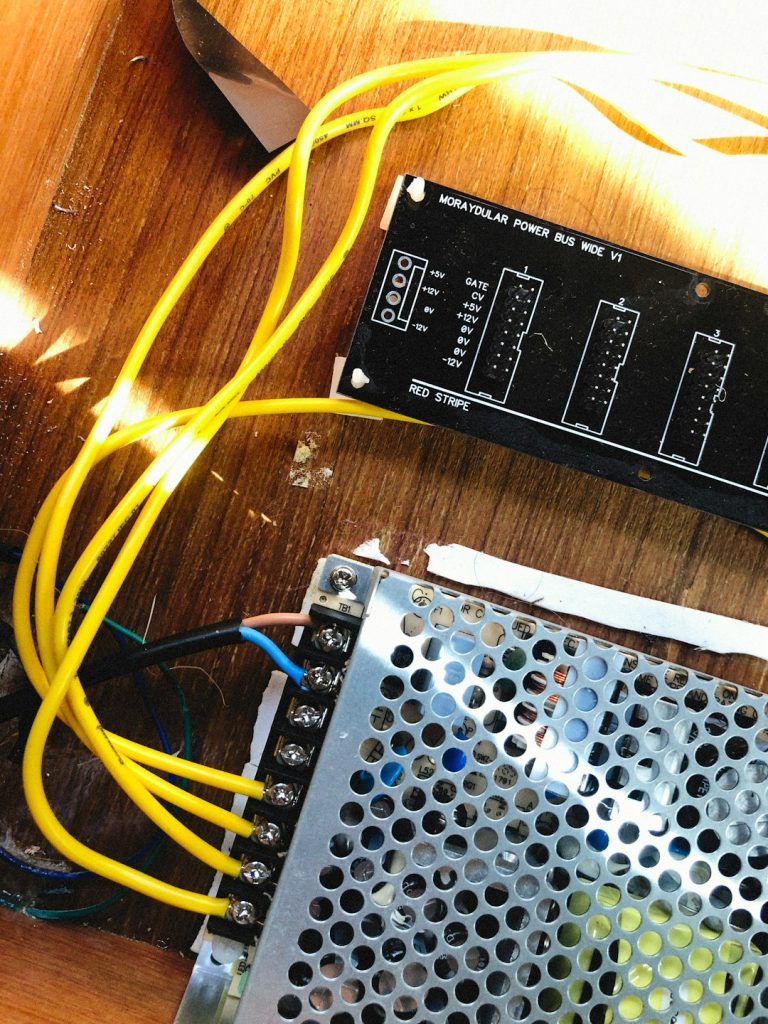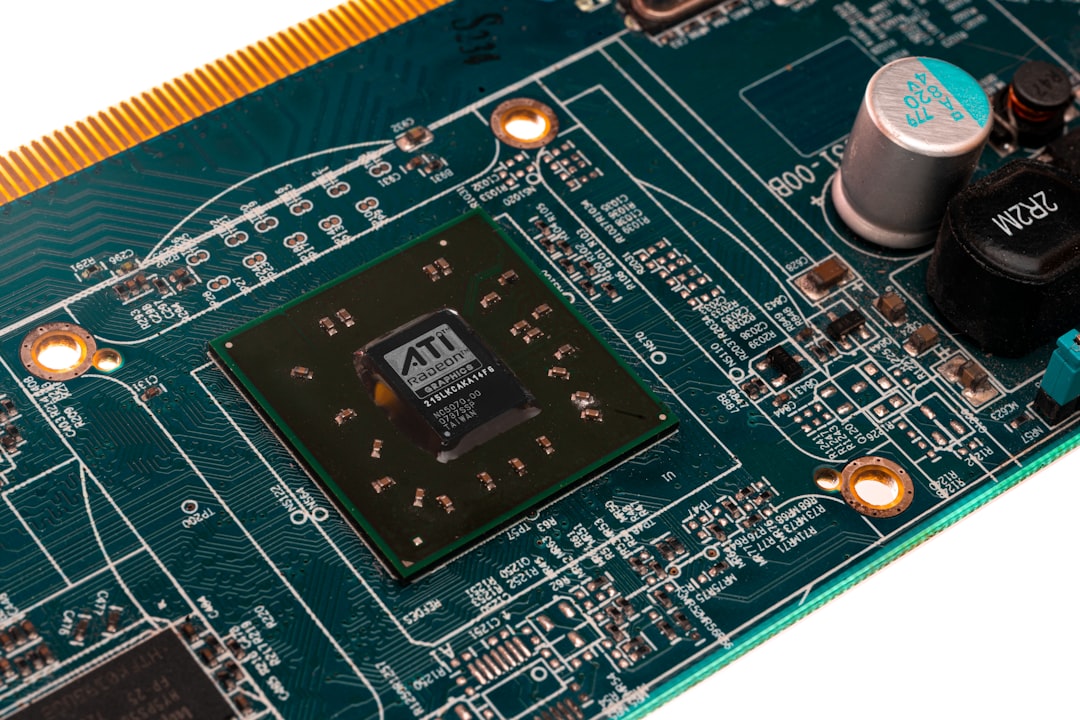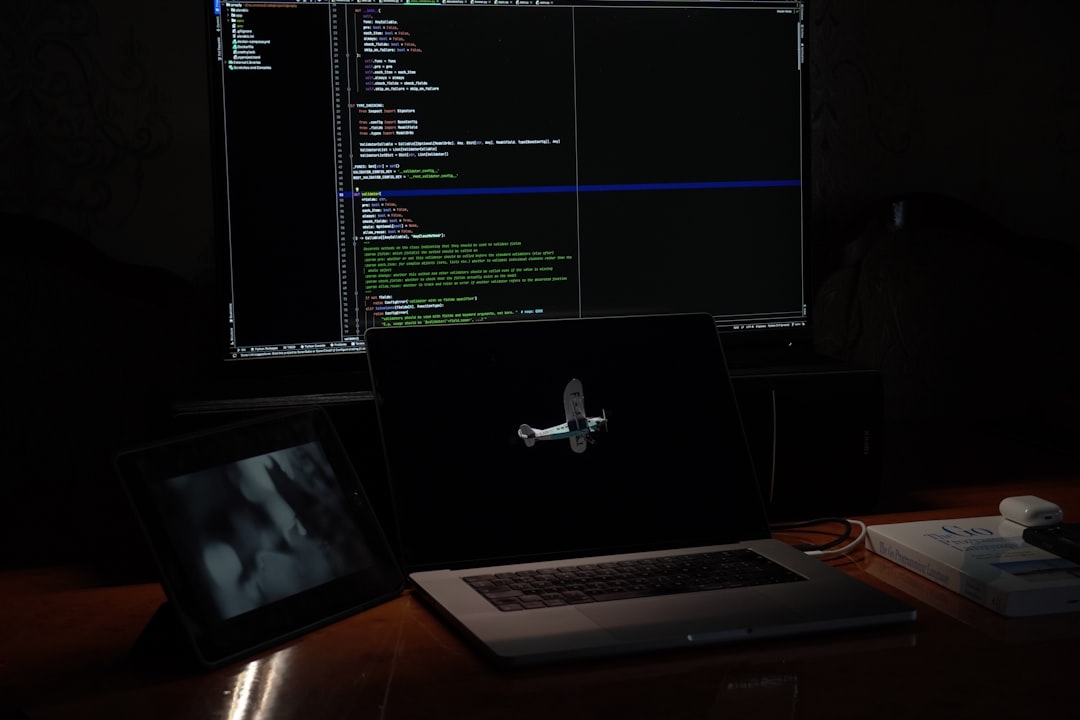Fix Winload.exe Error Code 0xC00000E in Windows 10/11

The Winload.exe error code 0xC00000E is a critical issue that can prevent your Windows 10 or 11 system from booting properly. This error is often accompanied by a blue screen and a message that says the boot configuration data (BCD) is missing or contains errors. Although it can be alarming initially, it is resolvable through various troubleshooting methods. Understanding the root causes and knowing how to fix this issue can help restore your system efficiently without the need for a full reinstallation.
What is Winload.exe?
Winload.exe is a vital component of the Windows boot process. It is essentially the Windows Boot Loader, which is responsible for loading the operating system files into memory when your computer starts. When this file is corrupted, missing, or misconfigured, the system may throw the error code 0xC00000E, halting the startup process.
What Causes the 0xC00000E Error?
Several reasons can lead to this error code:
- Corrupted or missing BCD (Boot Configuration Data) file.
- Failing or disconnected hardware such as a hard drive or SSD.
- Outdated or incompatible BIOS settings.
- Incorrect system configuration or driver issues.
Regardless of the cause, the steps to resolve the issue are fairly straightforward for most users.
Methods to Fix Winload.exe Error Code 0xC00000E
1. Check Hardware Connections
One of the simplest steps to begin with is to ensure all hardware components, especially drives and storage devices, are properly connected. A loosely connected SSD or hard drive can cause the system to miss critical boot files.

2. Use Windows Automatic Repair
Windows comes with a built-in repair tool that can fix common boot problems without wiping your personal data:
- Insert a bootable Windows installation media (USB or DVD).
- Reboot your computer and boot from the installation device.
- Select your language preferences and click on “Next”.
- Click on “Repair your computer” in the bottom-left corner.
- Navigate to Troubleshoot > Advanced options > Startup Repair.
Allow the process to complete. This can automatically detect and resolve issues with the bootloader, such as Winload.exe errors.
3. Rebuild Boot Configuration Data (BCD)
If the error is related to missing or corrupted BCD files, rebuilding them may solve the issue:
- Boot from the Windows installation media.
- Go to Repair your computer > Troubleshoot > Advanced options > Command Prompt.
- In the Command Prompt, type the following commands and press Enter after each line:
bootrec /scanos bootrec /fixmbr bootrec /fixboot bootrec /rebuildbcd
After executing these commands, reboot your system and check if the issue is resolved.
4. Enable UEFI or Legacy Boot Mode
Depending on how your Windows was installed, the BIOS setting should be either in UEFI or Legacy mode. An incorrect boot mode can trigger the 0xC00000E error. To change these settings:
- Reboot your computer and enter BIOS/UEFI settings (usually by pressing Del, F2, or Esc).
- Find the Boot Mode or Boot Configuration menu.
- Switch between UEFI and Legacy boot modes, depending on your installation type.
- Save and exit BIOS.
Restart your computer to see if the change resolves the problem.
5. Check for Disk Errors
Corrupt sectors on your hard drive can also affect the Winload.exe file. To check for errors:
- Boot into Windows Recovery Environment using installation media.
- Open Command Prompt.
- Type the following and press Enter:
chkdsk /f /r C:
This command checks for both logical and physical disk errors and attempts to fix them. Note that depending on the drive size, this process can take a while.

6. System Restore
If you recently made changes to your system that might have led to this issue, attempting a system restore can roll your system back to a previous working state:
- Go to Repair your computer > Troubleshoot > Advanced options > System Restore.
- Select a restore point before the issue began.
- Follow the prompts to complete the restoration process.
7. Check for Firmware or BIOS Updates
Sometimes outdated BIOS or UEFI firmware can interfere with the boot process. Visit your motherboard or device manufacturer’s website and download the latest BIOS version applicable to your system. Follow the manufacturer’s instructions carefully to update the BIOS.
Preventing Future Winload.exe Errors
Once you’ve resolved the issue, taking the following precautions can help prevent future occurrences:
- Regularly update Windows and device drivers.
- Perform periodic disk checks for integrity issues.
- Create system restore points before making major changes.
- Keep BIOS/UEFI firmware up to date.
- Use reputable antivirus software to prevent malicious file corruption.
Conclusion
The Winload.exe error code 0xC00000E might appear to be a major roadblock, but with the correct approach, it is usually resolvable without needing to reinstall the entire OS. Whether it’s checking hardware, fixing the boot loader, or changing BIOS settings, there’s likely a fix that suits your specific case. Ideally, users should practice regular system maintenance and create backups to minimize data loss in case of future issues.
Frequently Asked Questions (FAQs)
1. Is the Winload.exe error a virus?
No, the Winload.exe file is a legitimate Windows system file. However, if malware replaces or corrupts this file, it can cause system boot issues. It’s advisable to run a malware scan if you suspect malicious activity.
2. Can I fix error 0xC00000E without installation media?
If you can access Windows Recovery Environment through system startup or recovery partition, you may not need external installation media. However, for more serious issues, a bootable USB or DVD is recommended.
3. Will repairing BCD erase my files?
No, rebuilding the Boot Configuration Data (BCD) does not affect your personal files. It’s a safe method to resolve bootloader issues.
4. What if none of the methods work?
If all repair options fail, you may consider performing a clean installation of Windows as a last resort. Ensure that you have backed up your data beforehand.
5. How can I determine the correct boot mode (UEFI or Legacy)?
You can usually identify this by how Windows was originally installed. UEFI systems typically use a GPT partition style, whereas Legacy BIOS uses MBR. Tools like Disk Management or third-party utilities can help verify this.
Resolving Winload.exe errors quickly and efficiently ensures your system remains reliable and functional. By understanding the issue and applying these methods, users can restore access to their devices with minimal hassle.
